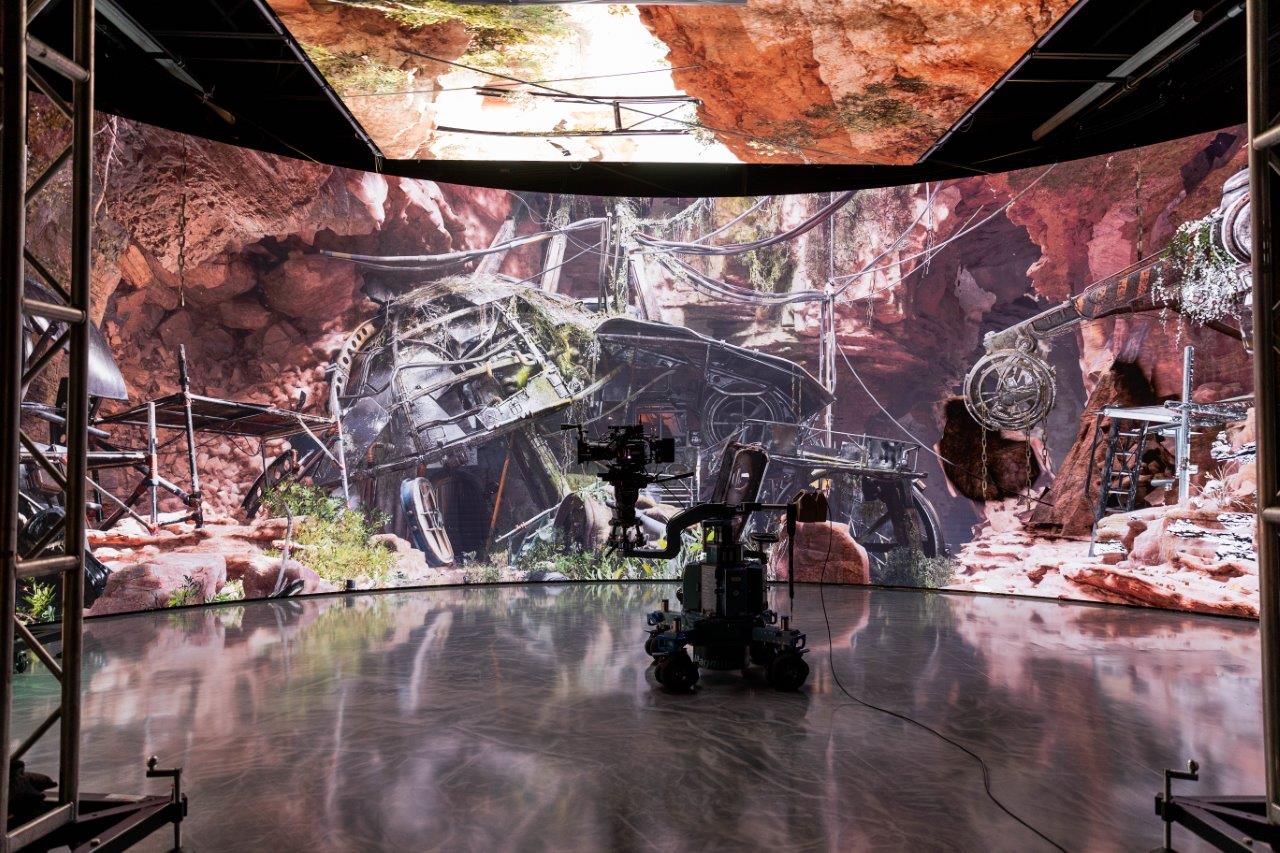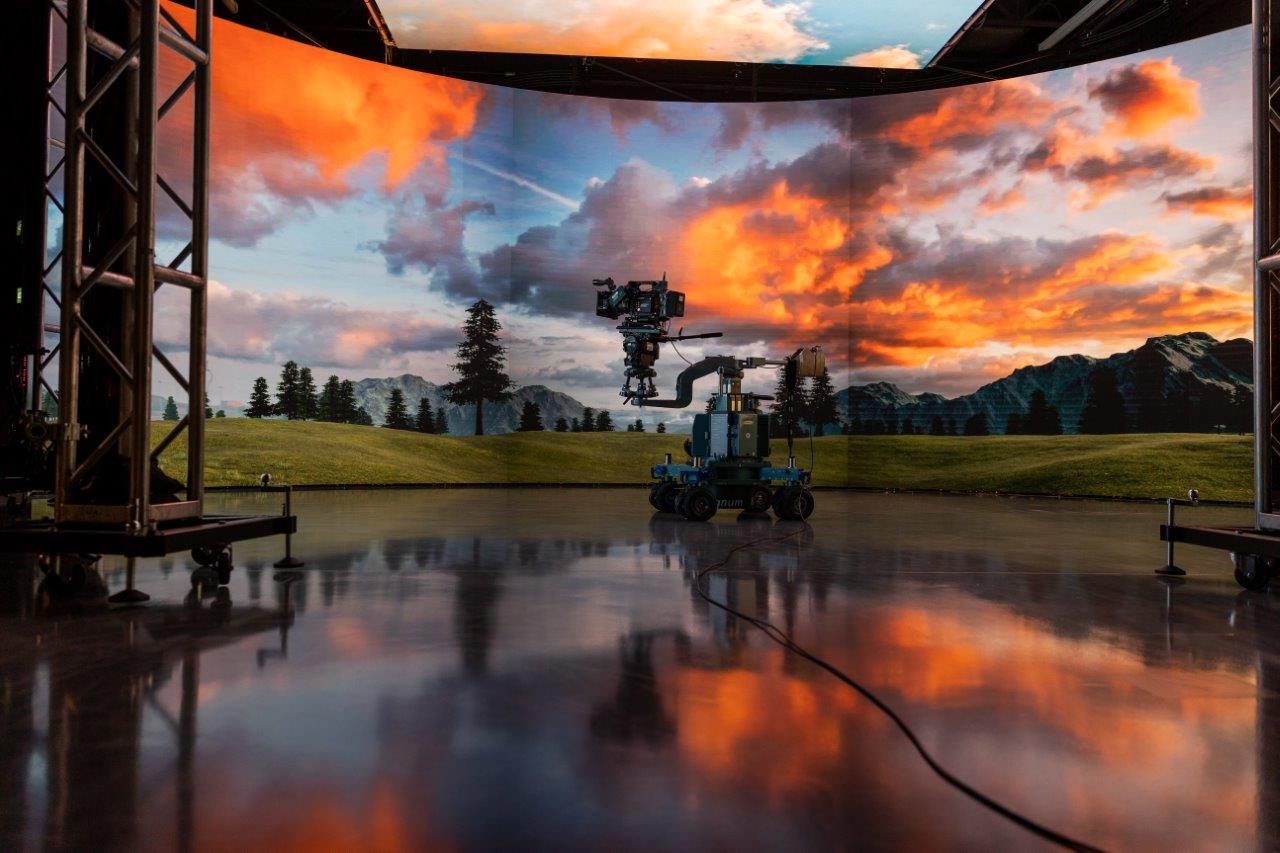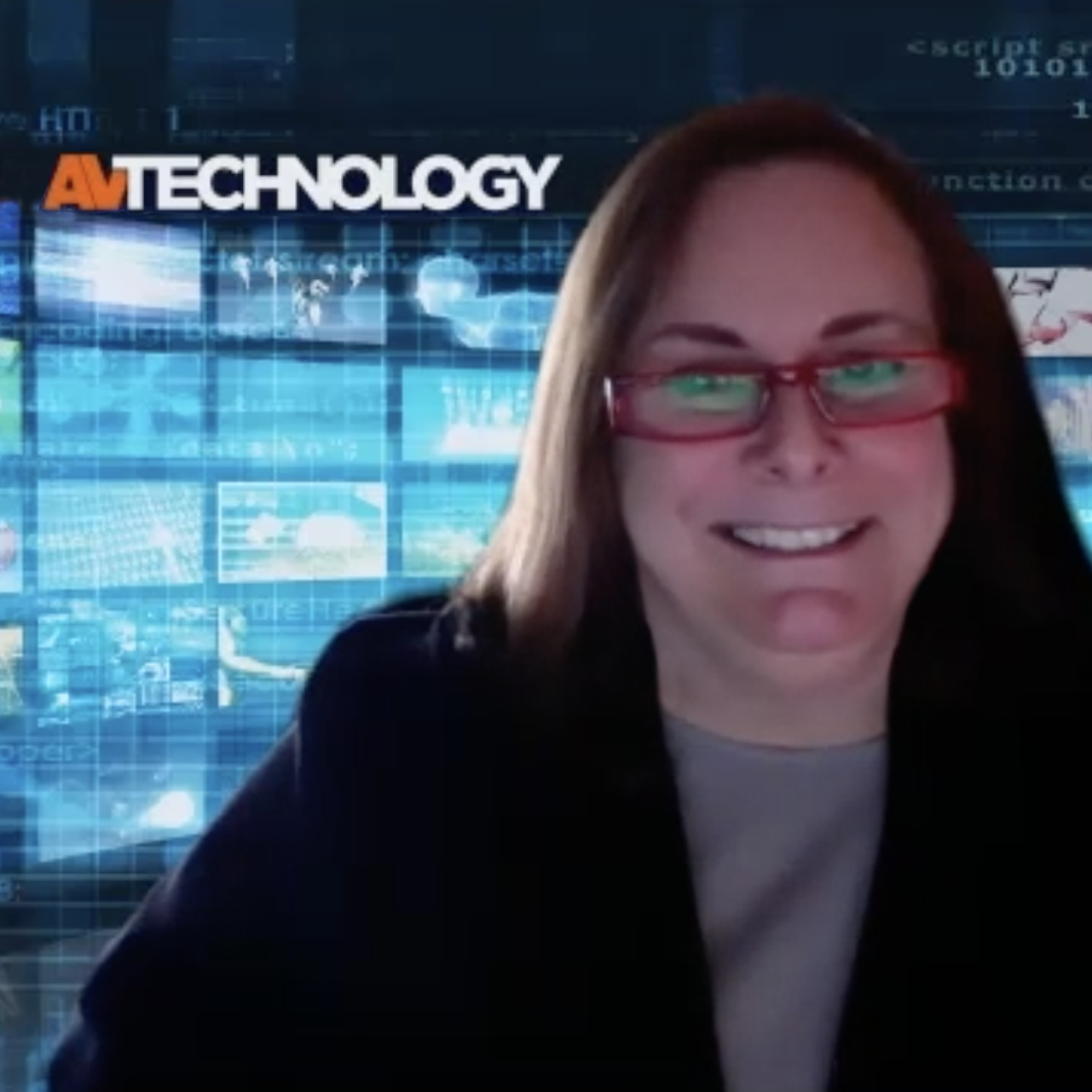Founded in 2020, 35North Studios is a state-of-the-art production studio. Their full-service approach helps filmmakers and businesses plan, shoot, edit, score, and finalize projects—all from one well-equipped and sophisticated location. Situated in Clear Lake, Iowa, the studio offers creators a peaceful space to focus on the craft and enjoy the process—a true creative refuge.
At its 12-acre campus, 35North Studios operates out of a 225,000-square-foot facility that includes soundstages and editing suites, in addition to a recording studio, equipment rental house, and production office space. With an eye on the trends shaping entertainment and production, the team at 35North Studios began paying close attention during the pandemic lockdowns, when virtual production projects started to accelerate. They conducted extensive research and evaluations into virtual production methodologies and the technologies that enable them. Soon after, they committed to building their own LED volume.

Justin Fairfax, who was director of 35North Studios at the time of the project said, “It’s just ingrained in us to always be looking forward and to stay ahead of the curve with the latest industry tools. We also saw the opportunity to be an early adopter in the Midwest.”
Matching the Solution to the Need
During the investigative phase, Fairfax and his team reviewed several display technology options based on criteria that included picture quality, pixel count, color depth, and refresh rate.
“Virtual production is a color nightmare because it’s not as simple as just pointing a camera at the real world,” he said. “You have to control the color of three to five different things simultaneously, and trying to get all that right to make a natural-looking image is really hard. We also wanted to shoot 96 frames per second using two cameras, and that meant we had to have a really high refresh rate.”
Other factors that were especially important to the ongoing work of a virtual production stage included ease of use, flexibility, and how quickly the products could be serviced. Explaining these considerations, Fairfax said, “I’ve done a lot of work over the last 15 years in live events and using LED video walls, and I remember the days where if a module failed, you had to disassemble the whole video wall and put it up again. On a virtual production set with 60 people in the room, that’s not okay. You need to be up and running again in five minutes. So, when I looked at different products, I wanted to know how quickly I could fix it and how fast I could hang it or move it.”

Distinctive, Durable, Dynamic
The thorough assessment eventually led Fairfax’s team to equip the 3,500-square-foot, Unreal-powered virtual production stage with a cutting-edge array of Planar CarbonLight CLI-VX Series LED video walls featuring Brompton technology. These include a curved, 36-foot-wide-by-13-foot-high (22x8) main LED video wall backdrop with a 1.9mm pixel pitch (CLI VX 1.9); a movable 16-foot-by-10-foot (10x6) LED ceiling with a 2.6mm pixel pitch (CLI VX 2.6); and two movable LED side walls, each 10 feet wide by 10 feet high (6x6) with a 2.6mm pixel pitch (CLI VX 2.6).
The Planar CarbonLight CLI-VX Series incorporates design characteristics that are particularly advantageous to the unique requirements of virtual production. In addition to exceptional in-camera visual properties, the carbon fiber construction of the displays—creating modules that are uniquely lightweight, thin, and strong—provides the deployment versatility to support virtual production volume design, including hanging, freestanding, and curved LED video wall installations. Additionally, individual LED cabinets can be removed and installed anywhere within a video wall without disrupting the overall layout, while front-side or top-side service makes module extraction simple if maintenance is needed.
“The cabinets are incredibly easy to work with, which gives us efficiency on set,” Fairfax said. “If I need to, the front serviceability allows me to replace any part in minutes. I’m also very impressed with their durability and how well they maintain their rigidity. It’s rare that I have to replace a panel. And the color and picture quality are exceptional—it’s a tool that allows us to make great films and television.”
Virtual production projects are also aided by a motion capture tracking system from Planar’s sister company OptiTrack and ARRI cinema cameras. Additionally, 35North Studios custom-built all of its rendering nodes and computer hardware systems.
Cost-Efficient Virtual Production
As 35North Studios becomes more adept in using its virtual production volume, the economic case for film and TV projects at the studio has become stronger. Beyond the immediate advantages of avoiding the expenses—and hassles—that 35North Studios would otherwise accrue from traveling in the field, cost savings are starting to be realized by streamlining certain aspects of the filmmaking process. This is where the versatility of the Planar CarbonLight CLI-VX Series displays provides an edge.
“The side LED walls have proven to be incredibly flexible in terms of how quickly we can adjust them for a scene,” Fairfax said. “The LED ceiling doesn’t move as fast, but it is still easy to bring down and reposition. However, the real game changer isn’t just the speed at which we can change the background; it’s what we can accomplish by moving those displays tight against a scene.”
Fairfax was referring to the ability of the LED video walls to generate authentic-looking effects in the shot, thus removing that work from post-production. “When we are shooting a car scene, we can make reflections appear and move across a windshield or the car mirrors,” he said. “We can also replicate natural lighting.”
Creating these kinds of elements in the shot saves a lot of time and money in post-production, and makes scenes so much more believable, according to Fairfax: “It’s about improving methods, accomplishing more in less time, and tightening these incredibly lengthy filmmaking processes.”

